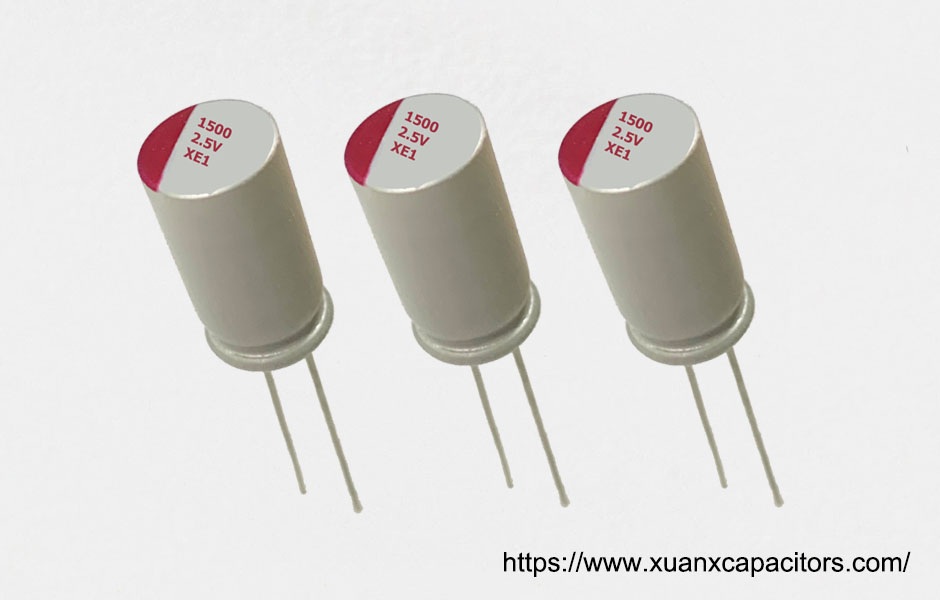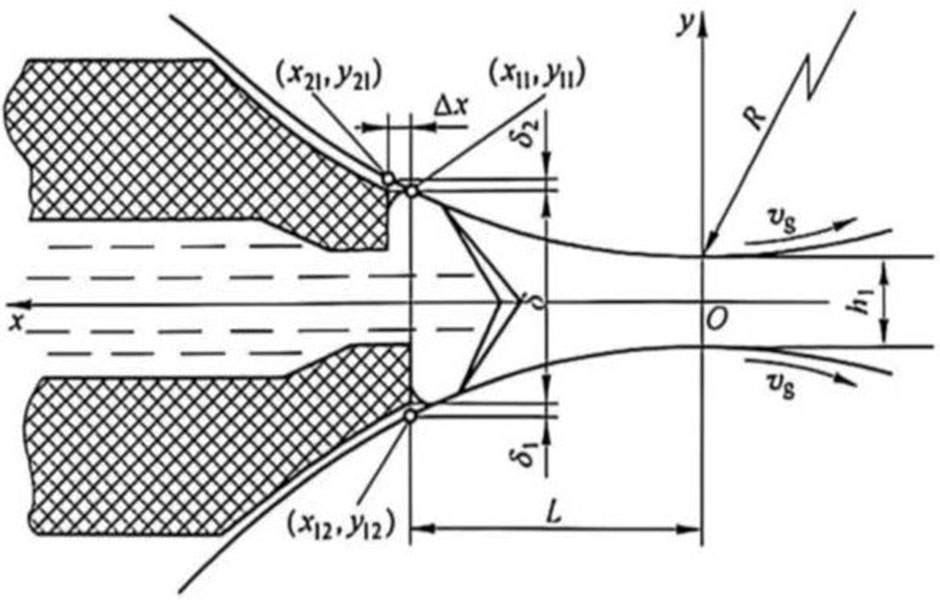The role of electrolytic capacitors
In the power supply circuit, the rectifier circuit turns AC into pulsating DC, and a larger capacity electrolytic capacitor is connected after the rectifier circuit. Using its charge and discharge characteristics, the rectified pulsating DC voltage becomes a relatively stable DC Voltage. In practice, in order to prevent the supply voltage of each part of the circuit from changing due to changes in the load, electrolytic capacitors of tens to hundreds of microfarads are generally connected to the output end of the power supply and the power input end of the load.
Since large-capacity electrolytic capacitors generally have a certain inductance and cannot effectively filter out high-frequency and pulse interference signals, a capacitor with a capacity of 0.001–0.lpF is connected in parallel at both ends to filter out high-frequency And pulse interference. Coupling: In the process of low-frequency signal transmission and amplification, capacitor coupling is often used to prevent the static operating points of the front and rear circuits from interacting with each other. In order to prevent excessive loss of low-frequency components in the rhyme of the signal, electrolytic capacitors with larger capacity are generally used.




